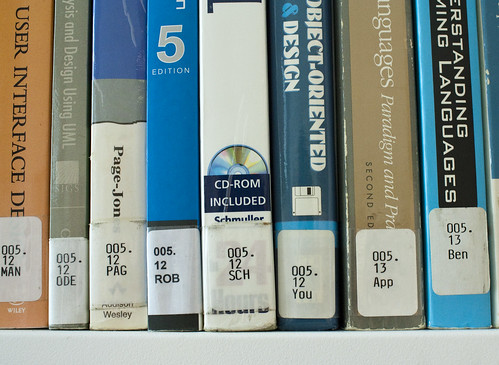The Library
and SID will be open this week from 10am to 5pm.
Books may be returned to the Book Return Unit outside the Library door, outside
of these hours.
Happy Halloween from ITB Library!
Many moons ago, before the invention of Moodle, students were required to take their own notes in class. Without PowerPoint slides or PDFs to rely on, students needed to note down important points as the lecturer spoke. Although, there is less need to do this today, it is still useful to note points that are repeated and emphasised, points that are written on a whiteboard or hightlighted, summaries at the beginning or the end of a lecture. Notes can also include symbols or diagrams that help you to understand the information; different parts of the notes can be written in different colour pens, e.g. the student's own opinions or ideas might be written in red. Lecture notes usually form the basis of everything we need to know about a subject; keeping regular, orderly lecture notes is invaluable when you are planning your assignment.
Students also take notes as they read books, journals, websites and other sources of information. This type of note-taking is intended to capture the main points of a text so that you will not need to re-read the entire text again. Taking notes as you read has several advantages: (1) it helps to focus the mind on what you are reading, (2) it reduces the information you are reading into manageable chunks, such as keywords or phrases, images or examples (3) it highlights the most important information, (4) it helps us to understand the information, by putting it in our own words, and to remember it. Finally, always remember to record the source of your information so that you can cite it correctly later!The next step to organising the information for your assignment is to try to take your notes and arrange them in a logical way. This is the first step in writing. One way to approach this is through mind-mapping, a concept that allows you to create a simple visual map of your information. Your mind map can be as simple or as creative and imaginative as you like!
Mind maps can be created on paper or online (see these free sites). The main steps are: (1) start at the centre of a blank page and write your assignment topic or title, (2) draw 4-6 main branches from the centre; each branch represents a sub-topic or the basis of a paragraph, (3) draw smaller branches from each sub-topic listing all of your relevant ideas/sources of information, (4) keep writing until you have written everything you know about the topic!
Mind maps are a very effective way of transferring information from your head to the page. Don't worry about how creative you think you are or are not - the only person it needs to make sense to is you! Once you start drawing branches you will be surprised by the information you remember and the ideas that occur to you...Organising your information is a very important step when you are planning your assignments. It allows you to work effectively and quickly!



